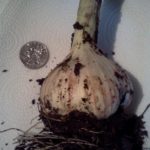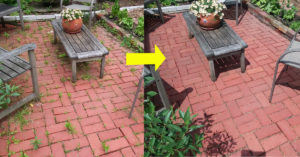What is My Garden Zone? (Planting Zone, Hardiness Zone)
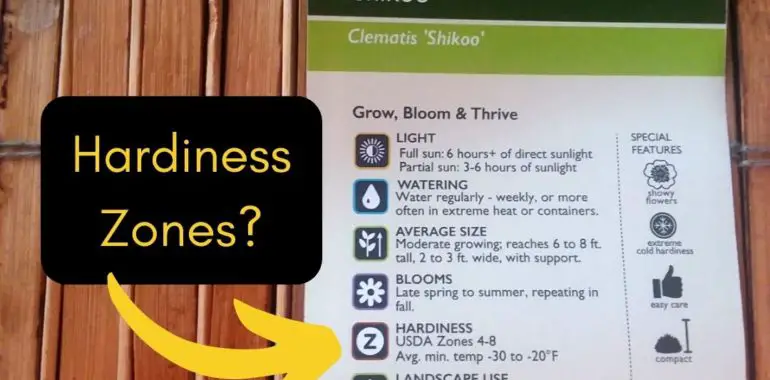
What is My Garden Zone? (Planting Zone, Hardiness Zone)
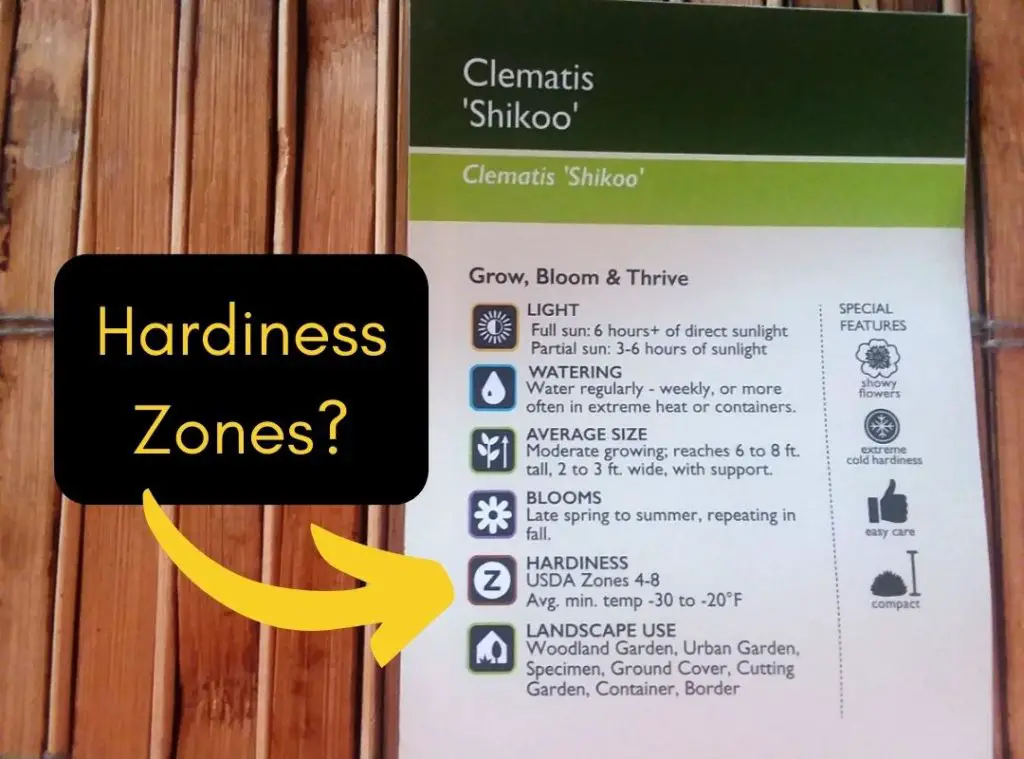
When choosing plants and determining when to plant and how to care for them, it’s important to understand the concept of “hardiness zones.” (They are also sometimes referred to as your planting zone or garden zone.) Your zone determines what plants will prosper and whether you will be able to expect certain perennials to come back next year or not.
What are Hardiness Zones?
Most plants bought from home improvement and garden centers will have a tag that indicates that plant’s growing needs, including its “hardiness,” or its ability to withstand cold weather conditions. The plant’s ideal planting zones will often be indicated by a range on a numbered scale from 1 to 13. Lower numbered hardiness zones are colder and higher numbered zones are warmer.
Locations in a given garden zone can anticipate a certain range of high and low temperatures over the course of a year. There can, however, always be exceptions when you have a mild year that doesn’t get nearly as hot or cold as the range would indicate, or years with extreme weather events that veer outside the normal highs and lows.
The USDA creates a colored-coded map of the planting zones which you can use to find out what your garden zone number is and what the normal range of temperature highs and lows should be over the course of a year:
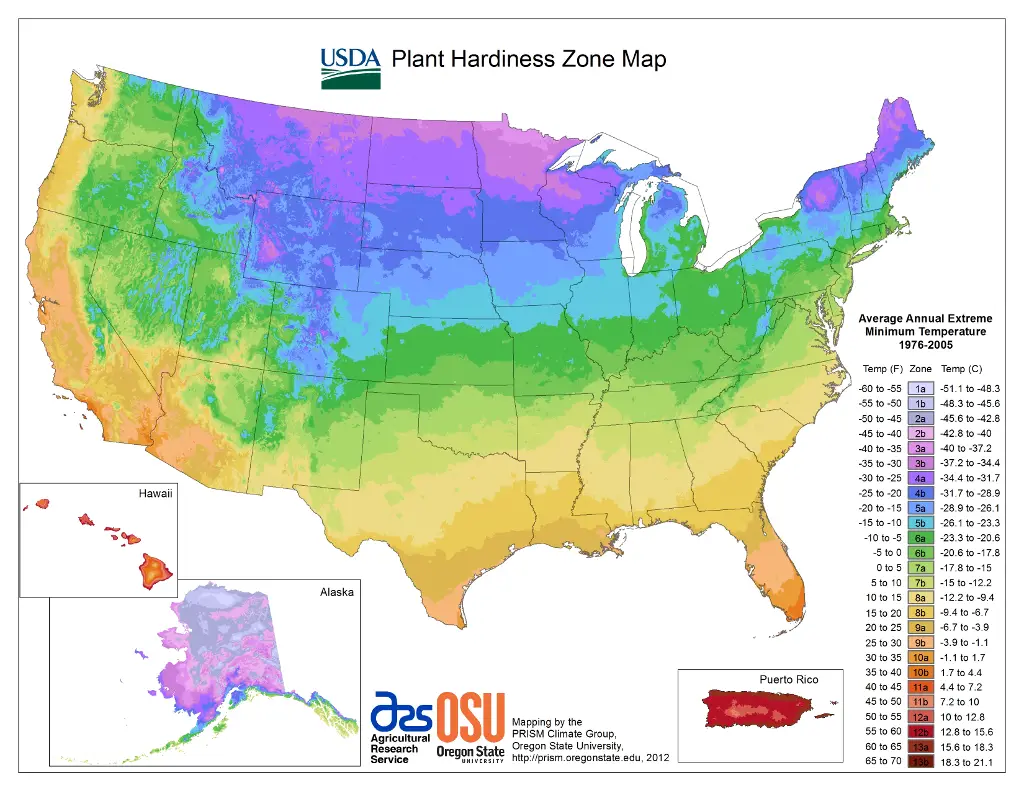
To see your state in more detail, you can visit the USDA’s interactive Plant Hardiness Zone Map.
How to Use Hardiness Zones for Gardening
Let’s say that you have determined that you live in zone 4a. If you are out plant shopping and looking at a plant with a label that says, “Hardy to zones 5-8,” your winters might be too cold for that plant to survive and come back next year.
Hardiness Labelling Variations
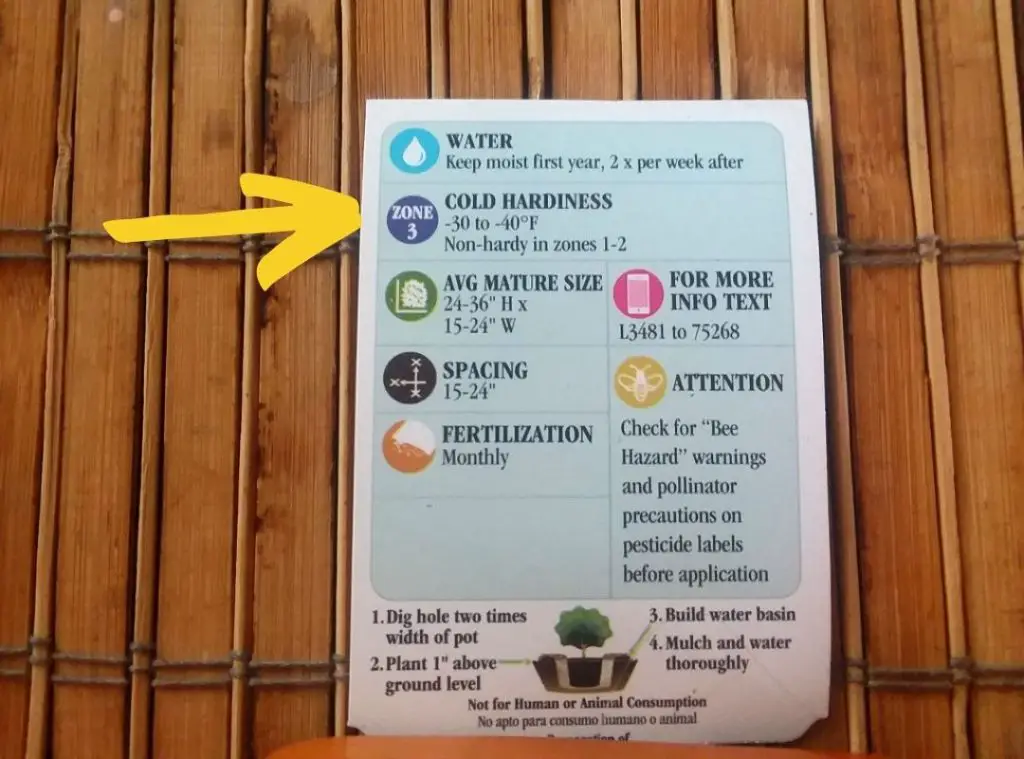
Sometimes the plant labels give a temperature range rather than a zone. So for instance you might see a label that says “cold hardy to -10° F.” In that case, you would need to know the lowest average temperature for your zone and if it is below that, then this plant is not a safe bet for coming back next year.
A label also might simply say, “Zone 3.” If a plant label indicates that it is a perennial and gives one zone number rather than a range, that doesn’t mean that this is the ONLY zone it will grow in, this just means that it is the coldest zone you can grow this plant and hope for it to survive the winter as a perennial. A label that simply says “Winter Hardy” is vague, but should indicate a perennial that will (hopefully) survive most cold winters in most locations.
Picking Plants for Your Garden Zone
Generally, your local garden center is going to stock plants that are suitable for your climate, but it’s always a good idea to pay attention to the hardiness labels. There are many plants (like mums) that people grow as annuals and buy new every year, that can actually be grown as perennials if you choose varieties appropriate for your climate and create the right planting conditions. To increase your chances of getting plants to settle in and become permanent residents in your garden, pick the most cold-tolerant (lowest zone numbers) for locations with harsh winters and the most heat-tolerant (highest zone numbers) for locations with sweltering summers.
Be aware that the hardiness zone labels are only guidelines. Just because a plant is supposedly hardy for your zone, doesn’t necessarily mean that it will return next year, and just because a plant is not supposed to be hardy in your zone, doesn’t mean that it might not come back anyway. If you live in a warmer climate, you may even be able to get some annuals to come back like perennials.
The way you care for and prepare the plant for difficult weather conditions can also make a big difference, as can the weather conditions in any given year. If you have a drought or particularly cold winter, that will stress even the toughest perennials. There are no guarantees even when you choose your plants properly and do everything right.
All Natural Weed Killer Hack, Composting Tips and much more in the Yard & Garden section.

